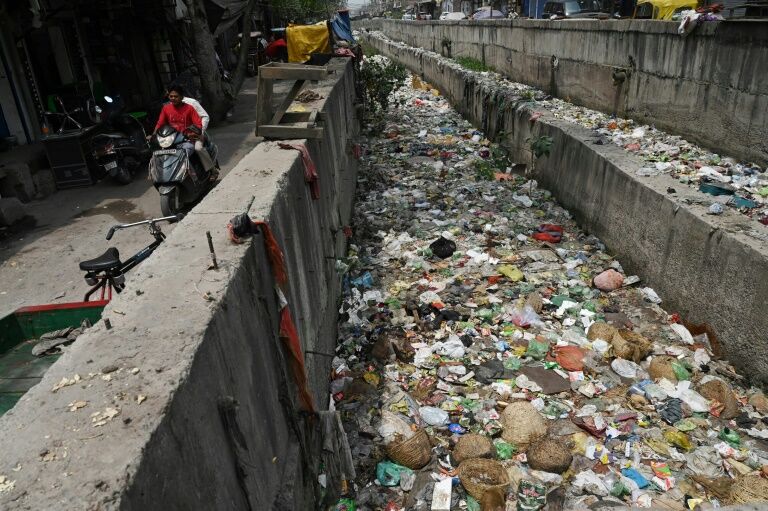India struggles with urban sewage treatment as population surges

According to the United Nations, India is set to overtake China as the world’s most populous country, housing almost 1.43 billion people. The urban population is set to increase by 270 million people by 2040. However, of the 72 billion litres of daily sewage currently created in the country’s urban centres, a massive 45 billion litres which is enough to fill 18,000 Olympic-sized swimming pools, goes untreated, as reported by government data for 2020-2021.
Surprisingly, the sewerage system in India serves only one-third of the urban homes across the nation, as per the National Faecal Sludge and Septage Management Alliance (NFSSM). Compounding the issue, many sewage treatment plants currently in use aren’t up to par; 26 out of Delhi’s 35 facilities fail to adhere to the standards.
The untreated sewage, combined with industrial effluent, poses a significant threat to human health, wildlife, and water table contamination.
Despite the progress, India has made in reducing child mortality, contaminated water and food continue to be the leading causes of diarrhoea. In 2019, over 55,000 children under five reportedly lost their lives due to diarrhoea, as indicated by a study published in the scientific journal BMC Public Health.
Concerningly, one of the world’s filthiest rivers, the Yamuna in Delhi, has been declared ecologically dead in some areas, despite locals still using it for laundry and ritual bathing. Alarmingly, dangerous ammonia levels regularly force the closure of the facilities treating the river’s water for the 20 million Delhi residents, reports Bangkok Post.
The situation remains dire in cities like Mumbai and Chennai, with only a few positive developments. In Bengaluru, Bellandur Lake has even caught fire due to methane produced by bacteria feasting on sewage.
Mridula Ramesh, the author of a book on India’s water crisis, suggests that proper sewage treatment and transformation into usable water could provide a solution. India is ranked among the most water-stressed countries by the World Bank, facing issues such as plummeting water tables and erratic monsoon rains.
Chennai experienced a brief water outage in 2019, with other cities potentially facing similar predicaments due to excessive groundwater pumping and rainfall inconsistency.
Ramesh advocates for the implementation of decentralised treatment plants, funded partly by the private sector or non-governmental organisations, to treat sewage for reuse or release into local lakes.
“India’s water is so seasonal. Many cities in India get 50 rain days… but sewage is available every day because you go to the bathroom every day… It’s such a powerful weapon,” Ramesh explained.
For Seelampur resident Khalil Ahmad, a solution to the putrid open drain can’t come soon enough as he expressed his concerns, “Children keep falling sick… If they don’t get treatment and medicine, the children will die.”
Latest Thailand News
Follow The Thaiger on Google News:


























